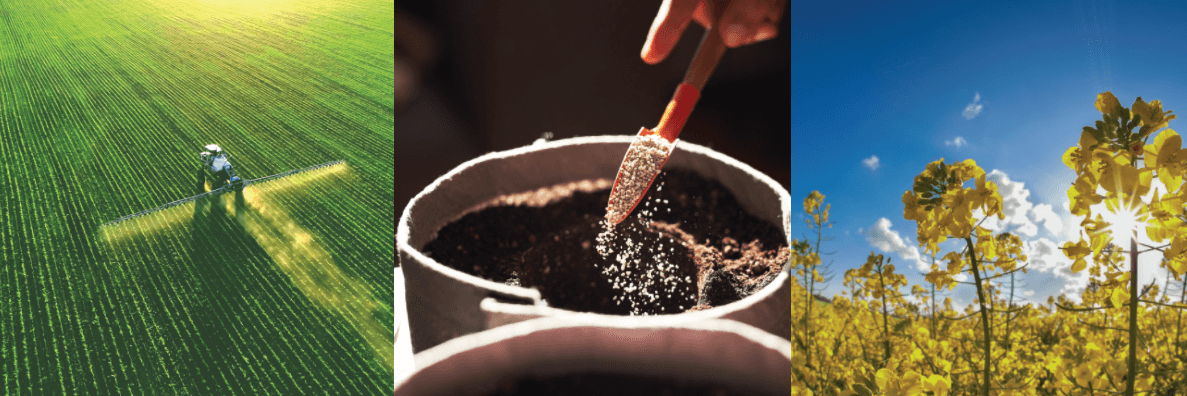
Carbon Rebate Program

What are carbon credits?
Carbon credits (also, carbon markets) are part of national and international attempts to mitigate the amount of greenhouse gas (GHG) emitted to the atmosphere. Activities contributing to GHG emissions reduction generate carbon credits. These carbon credits can be sold back to regulated industries to offset/compensate their carbon emissions taxes.
How can crop growers contribute to carbon credits?
The agricultural sector is increasingly being tied to carbon markets. Crop growers can do their part to help with the mitigation of GHG emissions. Carbon sequestration is a major process for crops to reduce atmospheric carbon concentration. Carbon credits can be generated when crop growers follow sustainable cropping practices which are in compliance with global standards.
Key benefits:
- Reducing your agricultural land’s carbon footprint.
- Getting paid for adopting sustainable farming practices.
- Increasing bushels and at the same time, enhancing carbon sequestration
What can we offer?
Our carbon credits project is registered and approved on the GHG CleanProjects® registry which enables us to offer carbon credits to crop growers that are using our customized protocols for soil carbon sequestration thereby providing our crop growers with the opportunity to gain carbon credits. We’ll take care of all the steps described as follows:
1. Where you are.
We offer a background investigation into the farmland, which includes the examination of previous agricultural practices, crop yields and survey of the farmland in the past three years. The farmland will be divided into various zones and a soil sampling plan is created based on this information.
2. What we will do.
We will offer soil sampling for a baseline scenario in the field using appropriate protocols. The soil sampled at this stage are considered as baseline samples. Our soil sampling team is equipped with a 50-inch minimal disturbance soil collection probe which is of no harm to farm fields. The sampling locations are geocached in our GPS system and a soil sampling map is generated.
3. Where you are headed:
- Analysis of soil samples: All soil samples are packaged properly from the field and transported to our state-of-the-art laboratory equipped with ICP-OES and carbon testing equipment, without any form of contamination. This ensures our growers get the highest possible credits for their activities. All of our lab scientists are competent in analyzing soil organic carbon (SOC) and all macro and micronutrients. The soil carbon test results are recorded in our database system and a carbon soil map is generated, which can be accessed conveniently by crop growers.
- Soil sampling for project scenario: At the end of the cropping season (after 5 years) with our protocol, re-sampling is done at the same sites that samples were collected as baseline scenario. Changes of SOC are analyzed in our laboratory and sequestered carbon is calculated using appropriate algorithm.
- Carbon credits quantification: The crop grower’s agricultural practices are tracked. Carbon credits are quantified based on protocols. After validation and verification, the carbon credits are ready to be traded in carbon markets.
This offering is open to all crop growers, whether Conventional or Organic.
We currently have a branch of our carbon rebate program for no-till/minimal-till that offers credits for such or any conservative farming practice